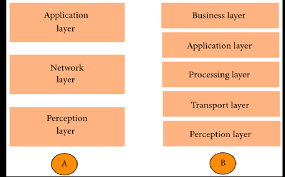Conversion of Binary,Octal,Hexadecimal to Decimal
CONVERSION OF BINARY, OCTAL, HEXADECIMAL
TO DECIMAL
A binary, octal
or hexadecimal number has two parts—integer part and fraction part. For
example, a binary number could be 10011, 0.011001 or 10011.0111. The numbers
45, .362 or
245.362 are
octal numbers. A hexadecimal number could be A2, .4C2 or A1.34.
The method used
for the conversion of integer part and fraction part of binary, octal or
hexadecimal number to decimal number is the same; multiplication operation is
used for the conversion. The conversion mechanism uses the face value and
position value of digits. The steps for conversion are as follows—
1.
Find the sum of the Face Value * (fromBase)positio for each digit in
the number.
1.
In a non-fractional
number, the rightmost digit has position 0 and the position increases as we go towards the left.
2.
In a fractional number, the first digit to the
left of decimal point has position 0 and the position increases as we go
towards the left. The first digit to the right of the decimal point has
position –1 and it decreases as we go towards the right (−2,−3,
etc.)
Example 1: Convert
1011 from Base 2 to Base 10.
Convert 62 from Base
8 to Base 10.
Convert C15 from Base 16 to Base 10.







Comments
Post a Comment